How to Drill Fiberglass Without Splintering: Tips and Techniques

Drilling fiberglass can be a tricky task, as the material is prone to splintering and cracking if not done correctly. Whether you’re working on a boat, a fiberglass mold, or any other project involving fiberglass, it’s important to use the right techniques to ensure clean and precise holes.
One of the first things to keep in mind when drilling fiberglass is to use the right drill bit. A high-speed steel (HSS) drill bit is recommended, as it is specifically designed to handle the heat and friction that can occur when drilling fiberglass. Additionally, using a sharp drill bit will minimize the chances of splintering.
Another important tip is to use a slow speed when drilling. The high speed of a drill can generate too much heat, which can cause the fiberglass to distort or even melt. By using a slower speed, you can control the heat and reduce the risk of splintering or cracking the fiberglass.
It’s also helpful to use a backing board when drilling fiberglass. Placing a piece of scrap wood or a hard material behind the fiberglass can help prevent the material from splintering as the drill bit exits. This technique provides stability and support to the fiberglass, reducing the likelihood of damage.
Finally, taking your time and applying gentle pressure while drilling can make a significant difference in the outcome. Rushing or applying excessive force can increase the chances of splintering. Instead, go slowly and steadily, allowing the drill bit to do the work without putting too much stress on the fiberglass.
By following these tips and techniques, you can successfully drill fiberglass without splintering or damaging the material. Remember to use the right drill bit, drill at a slow speed, use a backing board, and apply gentle pressure. With a little patience and practice, you’ll be able to achieve clean and precise holes in fiberglass for your projects.
Preparing the Fiberglass
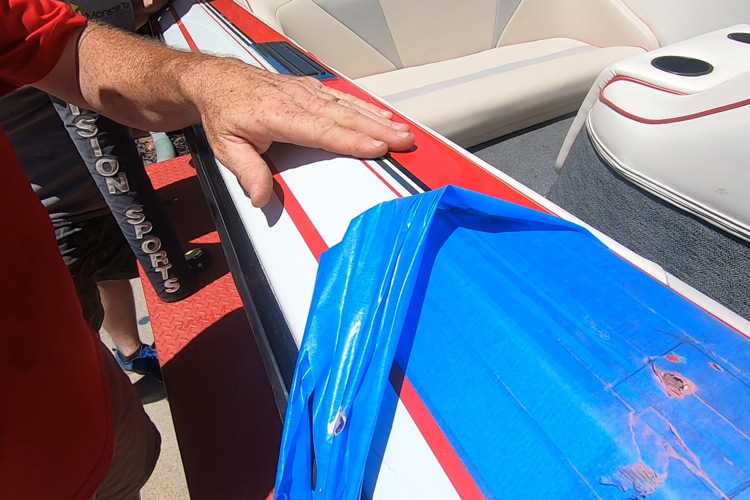
Before you begin drilling into fiberglass, it’s important to properly prepare the surface to prevent splintering and ensure a clean, smooth hole. Follow these steps to prepare the fiberglass:
Clean the Surface
Start by cleaning the fiberglass surface with a mild detergent or soap and water. This will remove any dirt, dust, or debris that could interfere with the drilling process.
Mark the Drilling Spot
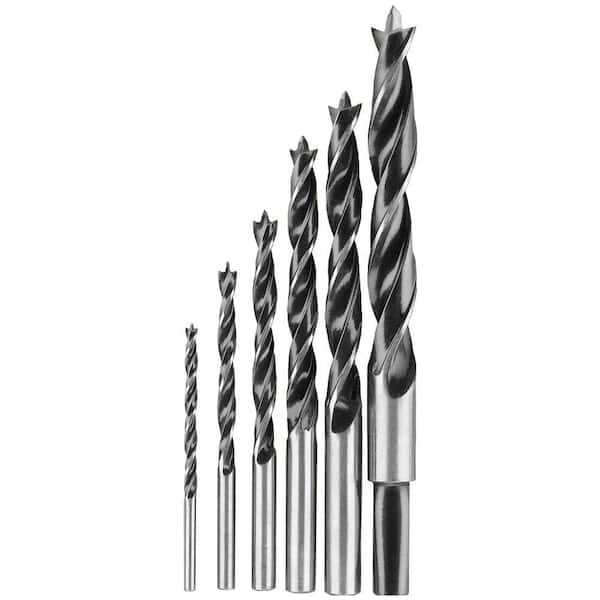
Using a pencil or marker, mark the exact spot where you want to drill the hole. This will help guide your drilling and ensure precision.
Use Tape for Added Protection
If you’re concerned about potential splintering, you can apply a strip of masking tape or painter’s tape over the area you plan to drill. This can help prevent the fiberglass from chipping or splintering during the drilling process.
Choose the Right Drill Bit
It’s crucial to use the correct drill bit for drilling fiberglass. A carbide-tipped drill bit or a high-speed steel (HSS) bit with a sharp point is recommended. These types of bits are designed to handle the delicate nature of fiberglass and minimize the risk of splintering.
Secure the Fiberglass
Before drilling, ensure the fiberglass is securely mounted or held in place. Use clamps or other appropriate methods to prevent movement, as this can lead to splintering or damage.
Start with a Small Pilot Hole
For best results, start by drilling a small pilot hole. This will help guide the larger drill bit and reduce the chances of splintering or cracking. Use slow, steady pressure as you drill.
By properly preparing the fiberglass and following these steps, you can minimize the risk of splintering and achieve clean, precise holes without compromising the integrity of the material.
Choosing the Right Drill Bit
When drilling fiberglass, it is important to use the right drill bit to avoid splintering or damaging the material. Fiberglass can be a delicate material, so using the wrong drill bit can result in a messy and unsightly finish. Here are some tips for choosing the right drill bit for fiberglass:
- High-speed steel (HSS) drill bits: These drill bits are versatile and can be used for a wide range of materials, including fiberglass. They are made from a durable and heat-resistant material, which makes them ideal for drilling into fiberglass without causing splintering.
- Carbide-tipped drill bits: These drill bits are specifically designed for drilling into hard materials, such as ceramics and fiberglass. The carbide tip provides extra strength and durability, making them a good choice for drilling into fiberglass without splintering.
- Brad point drill bits: These drill bits have a sharp, pointed tip that helps prevent splintering when drilling into wood or other materials. They can also be effective for drilling into fiberglass, as the sharp point helps to create a clean and precise hole.
When selecting a drill bit for fiberglass, it is important to choose one that is the right size for the hole you need to drill. Using a drill bit that is too large can increase the risk of splintering, while using a drill bit that is too small can result in a hole that is not properly sized.
Before drilling into fiberglass, it is a good idea to practice on a scrap piece of the material to ensure that you have the right drill bit and technique. This will help you avoid any mistakes or damage when working on your actual project.
Marking the Hole
Before drilling into fiberglass, it is important to accurately mark the spot where the hole will be made. This will help ensure precision and prevent any unnecessary mistakes. Here are some tips for marking the hole:
- Clean the surface: Start by cleaning the surface of the fiberglass to remove any dirt, dust, or debris. This will allow for a clean and smooth marking.
- Measure and mark: Use a measuring tape or ruler to determine the exact location of the hole. Once you have the measurements, use a pencil or marker to make a small dot or crosshair on the fiberglass at that spot.
- Use a center punch: For more precise marking, consider using a center punch. Place the center punch on the mark and lightly tap it with a hammer. This will create a small indentation that will act as a guide for the drill bit.
- Protect the surrounding area: If there are any delicate or sensitive areas around the spot where the hole will be drilled, consider using masking tape or a piece of scrap wood to protect them from accidental damage.
By properly marking the hole before drilling, you can ensure accurate placement and reduce the risk of splintering or damaging the fiberglass.
Securing the Fiberglass
Before drilling into fiberglass, it is important to properly secure the fiberglass to prevent it from splintering or cracking. Here are some techniques you can use to secure the fiberglass:
- Clamping: If the fiberglass piece is small enough, you can use clamps or vices to hold it securely in place. This will help prevent any movement or vibrations while drilling.
- Backing Material: If clamping is not an option, you can place a piece of scrap wood or a sturdy backing material underneath the fiberglass to provide support. This will help distribute the pressure of the drill bit and reduce the risk of splintering.
- Double-Sided Tape: Another option is to use double-sided tape to secure the fiberglass to a stable surface. Make sure to choose a tape that is strong enough to hold the fiberglass in place without damaging it.
It is important to choose a securing method that is appropriate for the size and shape of the fiberglass piece. Take extra precautions to ensure the fiberglass is stable and secure before proceeding with drilling.
Drilling Technique
To drill fiberglass without splintering, it is important to use the right technique. Here are some tips to help you drill fiberglass effectively:
- Choose the right drill bit: Use a carbide or diamond-tipped drill bit specifically designed for drilling fiberglass. These bits have a sharper cutting edge, which helps prevent splintering.
- Mark the drilling spot: Before drilling, mark the spot where you want to drill with a pencil or marker. This will help guide the drill bit and prevent it from wandering.
- Start with a small pilot hole: To prevent splintering, start drilling with a small pilot hole. This will help guide the larger drill bit and reduce the chances of the fiberglass cracking or splintering.
- Apply light pressure: Use light pressure when drilling into fiberglass. Too much pressure can cause the fiberglass to splinter or crack. Let the drill bit do the work and avoid forcing it through the material.
- Use a slow speed: Set your drill to a slow speed when drilling into fiberglass. Higher speeds can generate excess heat, which can damage the fiberglass and cause splintering.
- Keep the area cool: To prevent overheating, periodically stop drilling and apply water or a coolant to the drilling area. This will help to keep the fiberglass cool and reduce the chances of splintering.
- Use masking tape: Apply a strip of masking tape over the area where you will be drilling. This can help prevent splintering by providing a protective barrier between the drill bit and the fiberglass.
- Drill at a slight angle: Instead of drilling straight into the fiberglass, try drilling at a slight angle. This can help reduce the chances of splintering and provide a cleaner hole.
- Use a backer board: If possible, place a piece of scrap wood or another sturdy material behind the fiberglass while drilling. This can help provide support and prevent splintering.
By following these drilling techniques, you can effectively drill fiberglass without splintering and achieve clean, precise holes in your project.
Avoiding Splintering
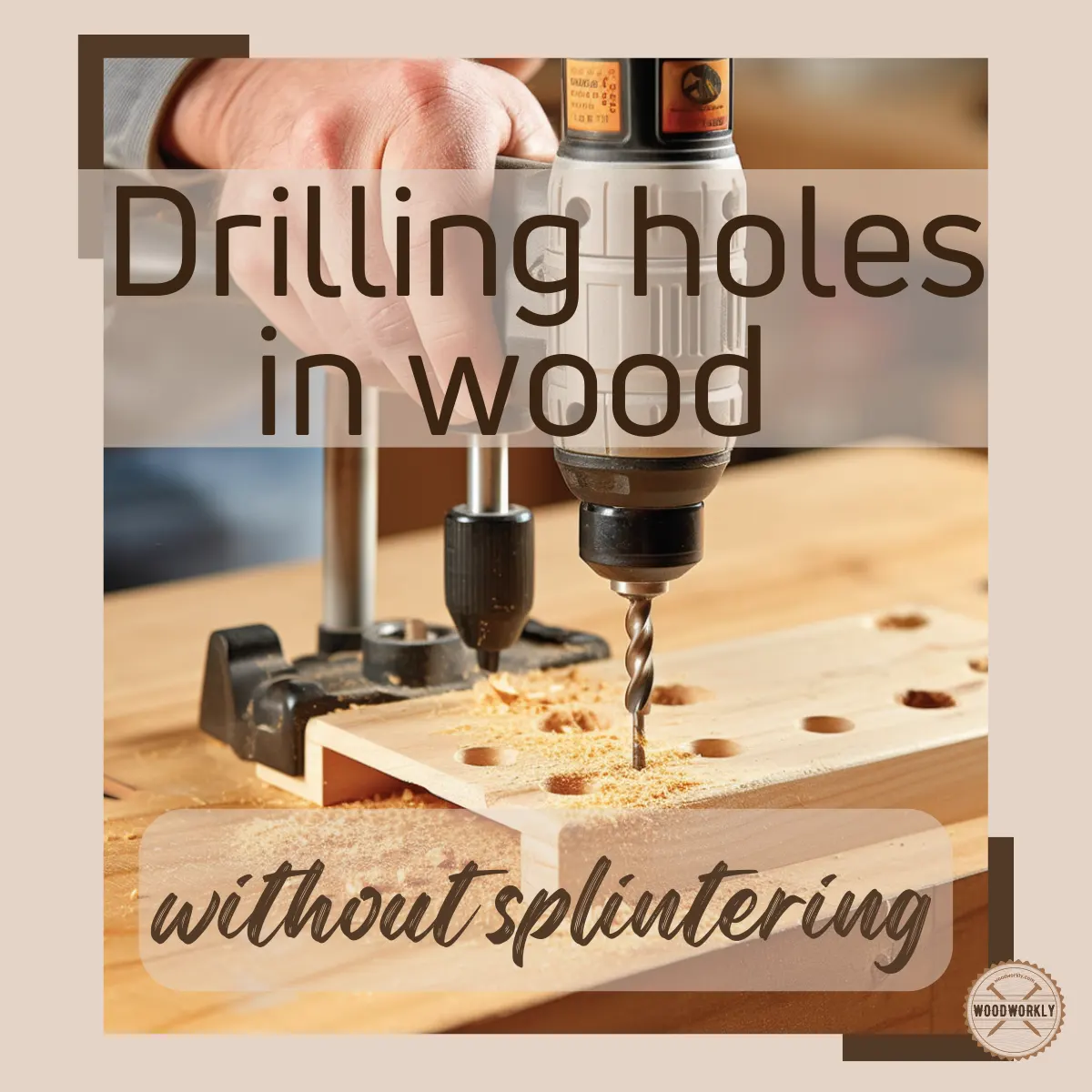
- Use the Right Drill Bit: When drilling fiberglass, it is important to use a drill bit specifically designed for the material. A carbide-tipped drill bit or a high-speed steel (HSS) drill bit with a sharp point is recommended. Avoid using regular twist drill bits, as they can cause splintering.
- Start with a Pilot Hole: To minimize the risk of splintering, start by drilling a small pilot hole at the desired location. This will help create a guide for the larger drill bit and reduce the likelihood of the fiberglass splintering.
- Apply Tape or Masking Tape: Placing a strip of tape or masking tape over the area to be drilled can help prevent splintering. The tape provides support and helps keep the fiberglass in place as the drill bit goes through the surface.
- Drill at a Slow Speed: Drilling at a slow speed can help reduce the chances of splintering. Higher speeds can cause the fiberglass to heat up and splinter. Instead, set the drill to a lower speed and apply firm, steady pressure to avoid splintering.
- Back Up the Drilling Area: Placing a backing material behind the fiberglass can help prevent splintering. You can use a scrap piece of wood or a piece of foam as a backing material. This will provide support and help prevent the fiberglass from splintering as the drill bit penetrates through.
By following these tips and techniques, you can drill fiberglass without splintering and achieve clean, professional-looking results.
Finishing the Hole
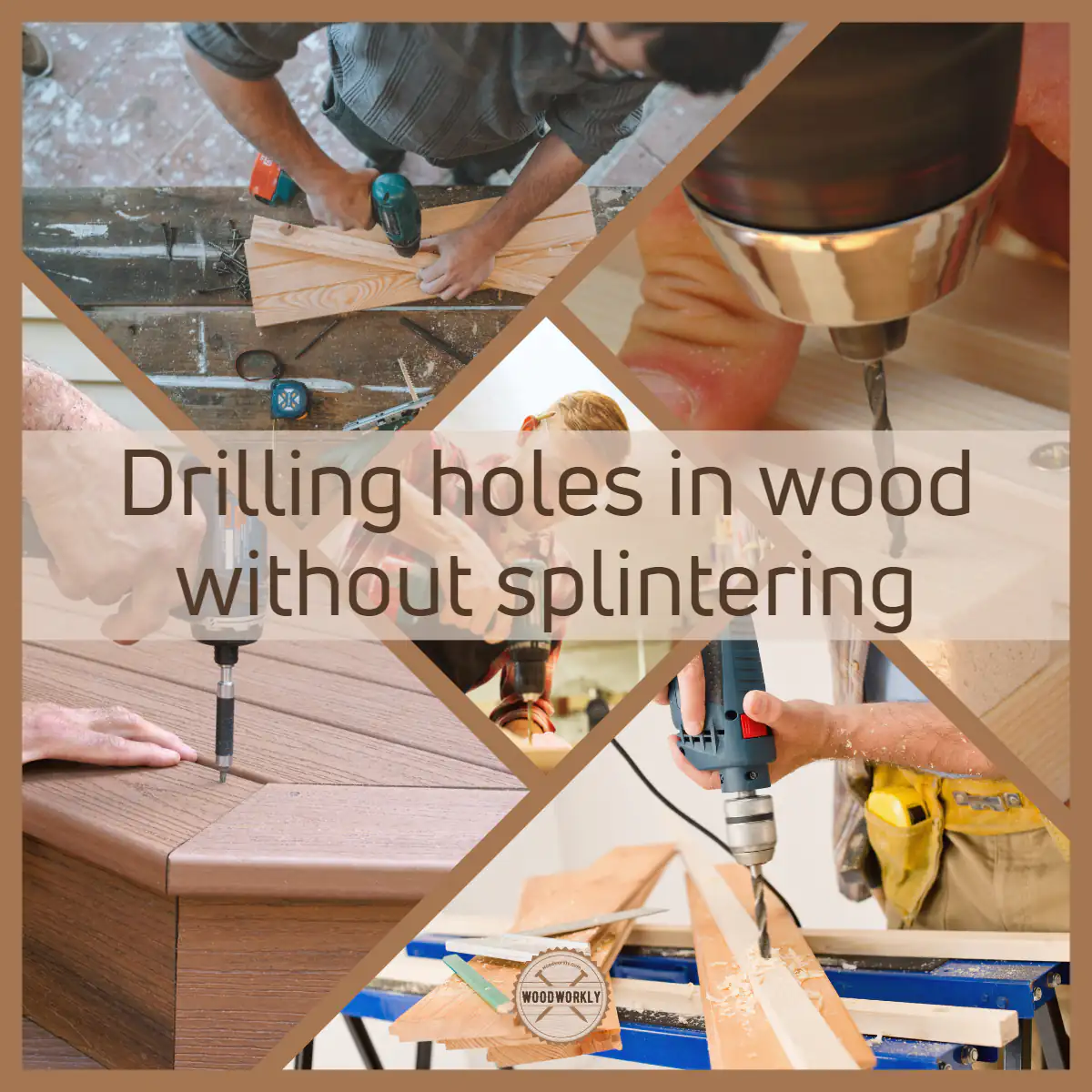
Once you have successfully drilled your hole in the fiberglass without splintering, it is important to finish the hole properly to ensure a clean and professional look. Here are some tips and techniques for finishing the hole:
1. Sand the Edges
After drilling the hole, use fine-grit sandpaper to smooth out the edges of the hole. This will remove any rough or jagged edges and create a clean finish. Be sure to sand gently to avoid damaging the surrounding fiberglass.
2. Remove any Burrs
Inspect the hole for any burrs or raised edges. Use a file or sandpaper to carefully remove any burrs by lighty filing in one direction. This will ensure a smooth and even finish.
3. Apply Gelcoat or Epoxy
If you want to hide the drilled hole or strengthen the fiberglass around the hole, you can apply gelcoat or epoxy. Gelcoat can be applied with a brush and acts as a protective layer, while epoxy can provide added strength. Follow the manufacturer’s instructions for the specific product you are using.
4. Blend the Repair
If you have used gelcoat or epoxy, it is important to blend the repair with the surrounding fiberglass. Use a clean brush or a sponge to feather the edges of the applied material, making it blend seamlessly with the rest of the surface. This will give the repair a more natural and professional appearance.
5. Paint or Finish
If the drilled hole is in a visible area, you may want to paint or finish the surface to match the rest of the fiberglass. Use paint or a specialized finish that is designed for use on fiberglass surfaces. This will help to further camouflage the repair and blend it with the surrounding area.
Remember, taking the time to properly finish the hole in fiberglass will not only result in a more aesthetically pleasing outcome, but also ensure the durability and longevity of the repair.
Safety Precautions
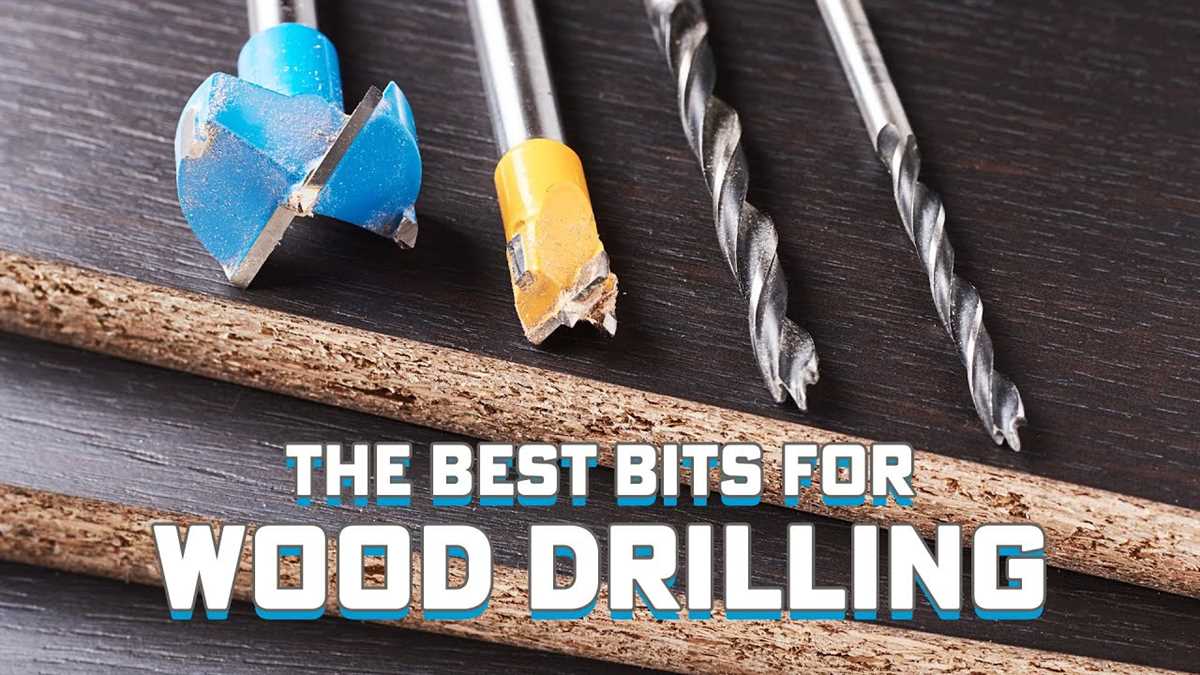
Drilling fiberglass can be a hazardous task if proper safety precautions are not taken. It is important to follow these guidelines to ensure your safety:
1. Wear Protective Gear
Before starting the drilling process, it is essential to wear the appropriate protective gear. This includes safety glasses or goggles to protect your eyes from debris, a dust mask to prevent inhaling fiberglass particles, and gloves to protect your hands.
2. Work in a Well-Ventilated Area
Fiberglass dust can be harmful when inhaled, so it is important to work in a well-ventilated area. Open windows or use a fan to ensure fresh air circulation while drilling.
3. Use a Drill with a Tight Chuck
A loose chuck can cause the drill bit to wobble, increasing the risk of splintering. Make sure the chuck of your drill is tight and secure before beginning to drill into fiberglass.
4. Start with a Small Pilot Hole
To minimize the chance of splintering, start by drilling a small pilot hole with a small drill bit. This will create a guide for the larger drill bit and help prevent the fiberglass from splintering.
5. Use Low Speed and Light Pressure
When drilling into fiberglass, it is important to use low speed and light pressure. High speed and excessive pressure can cause the fiberglass to crack or splinter. Take your time and let the drill bit do the work.
6. Secure the Fiberglass Piece
To prevent the fiberglass from vibrating or moving during the drilling process, use clamps or hold it securely in place. This will help maintain stability and reduce the risk of splintering.
7. Keep the Drill Bit Cool
Fiberglass generates heat when drilled, which can affect the integrity of the material and increase the risk of splintering. To keep the drill bit cool, you can periodically dip it in water or use a lubricant specifically designed for fiberglass drilling.
8. Clean Up the Work Area
After drilling, make sure to clean up any fiberglass dust or debris. Use a damp cloth or vacuum cleaner with a HEPA filter to remove any particles in the surrounding area. This will help prevent accidental inhalation or skin contact.
By following these safety precautions, you can minimize the risk of splintering and ensure a safe drilling experience when working with fiberglass.
FAQ:
What tools do I need to drill fiberglass without splintering?
To drill fiberglass without splintering, you will need a few tools. First, you will need a drill with a sharp bit. It is recommended to use a high-speed steel or carbide-tipped drill bit. Additionally, you will need a protective mask, safety glasses, and gloves. These tools will help ensure a clean and safe drilling experience.
How should I prepare the fiberglass surface before drilling?
Before drilling into fiberglass, it is important to prepare the surface. Start by marking the drill hole with a pen or masking tape. To prevent chipping or splintering, place a piece of scrap wood or a backing plate under the fiberglass. This will provide support and prevent the drill bit from tearing the fiberglass as it exits the surface.
What are some tips for drilling fiberglass without splintering?
Drilling fiberglass can be tricky, but there are some tips to help you avoid splintering. First, start drilling at a slow speed to prevent the drill bit from grabbing and causing splintering. Additionally, apply steady and even pressure as you drill, but avoid pushing too hard. It is also helpful to periodically withdraw the drill bit to remove any accumulated debris. Following these tips will help you achieve clean and splinter-free holes in fiberglass.
What should I do if the fiberglass splinters while drilling?
If the fiberglass splinters while drilling, there are a few steps you can take to fix the issue. First, stop drilling immediately to prevent further damage. Then, use a file or sandpaper to smooth out any rough or splintered edges. If necessary, you can also apply a small amount of epoxy or fiberglass resin to reinforce the area and prevent further splintering. Remember to wear protective gloves, a mask, and safety glasses when handling these materials.
Video:











